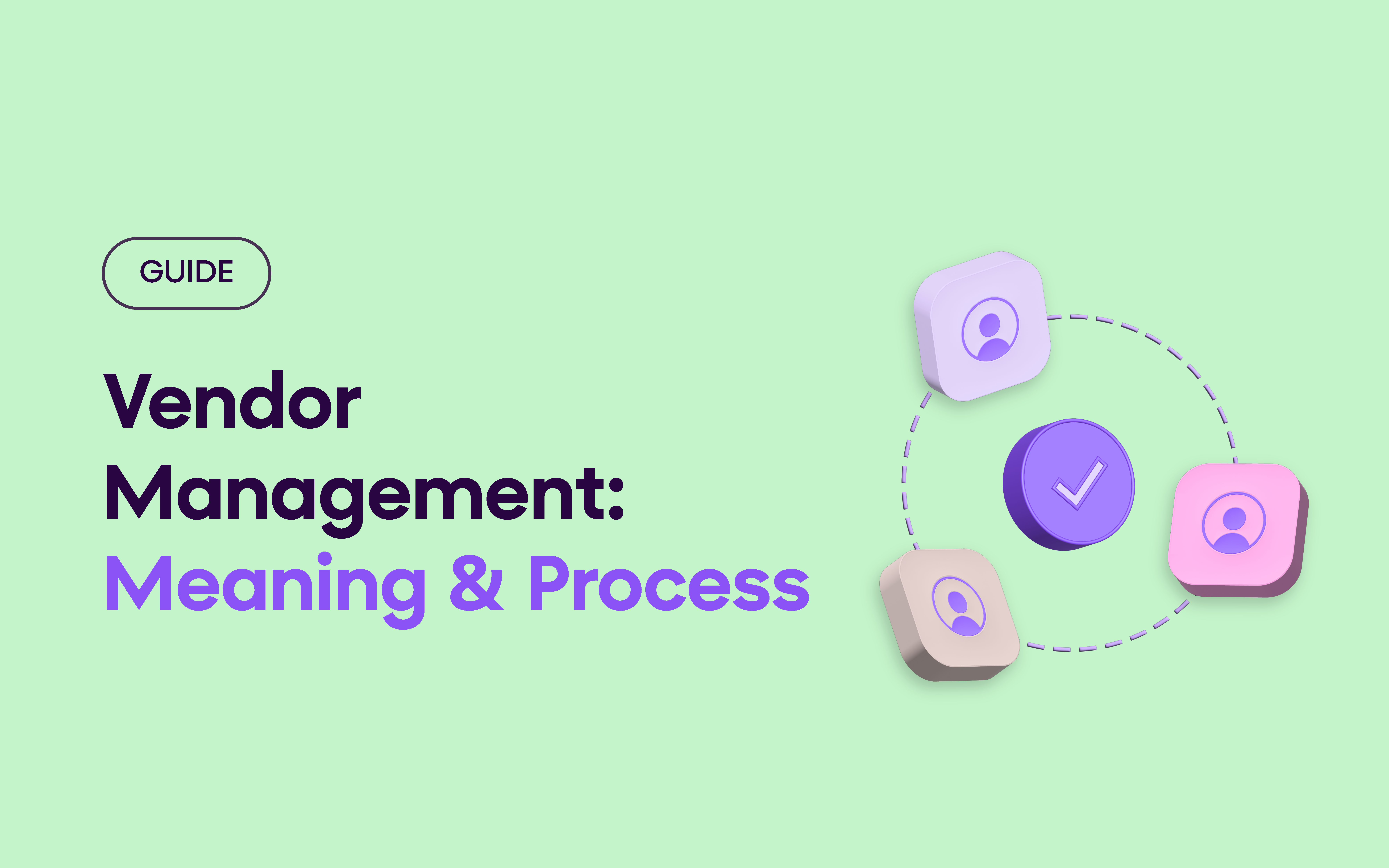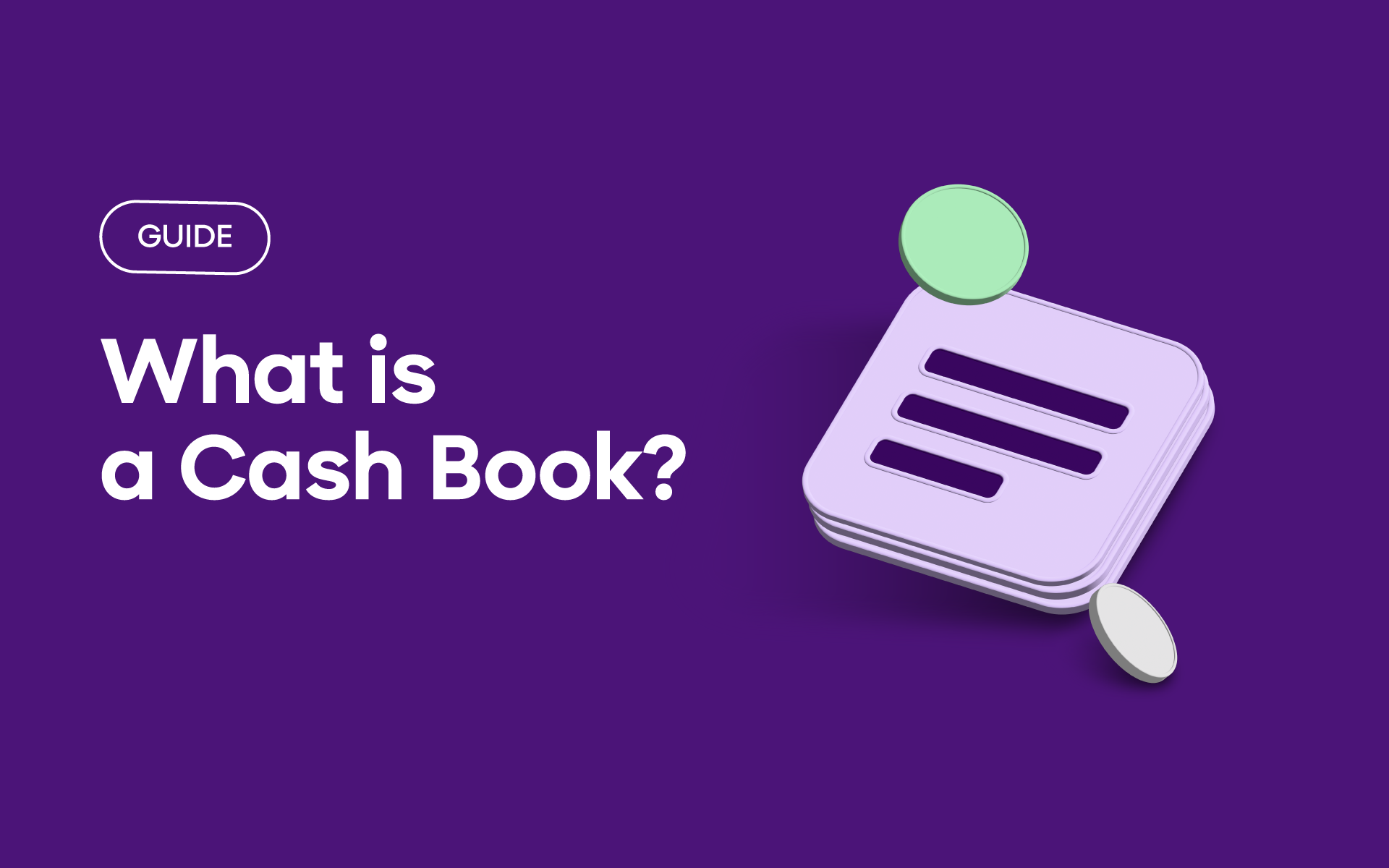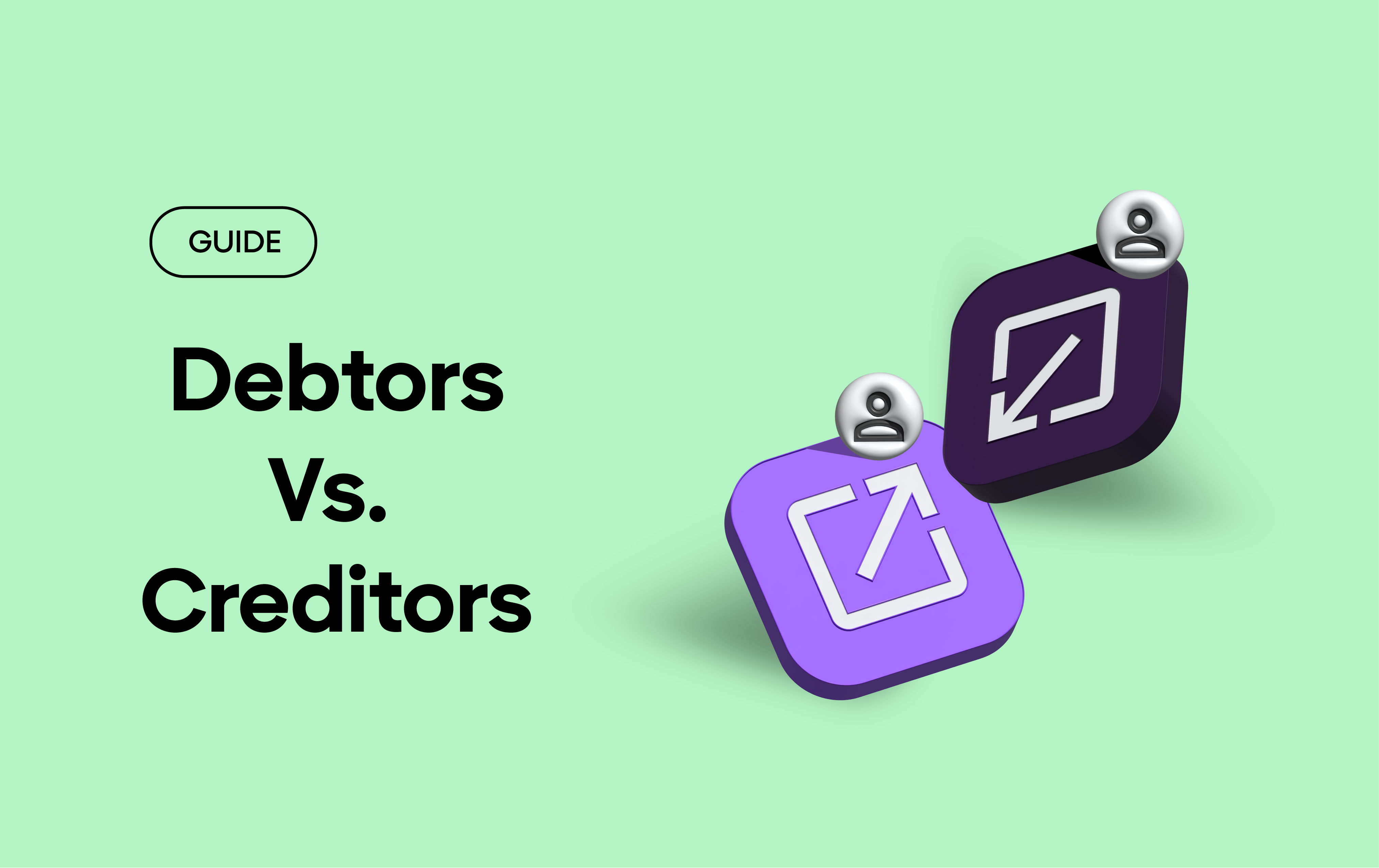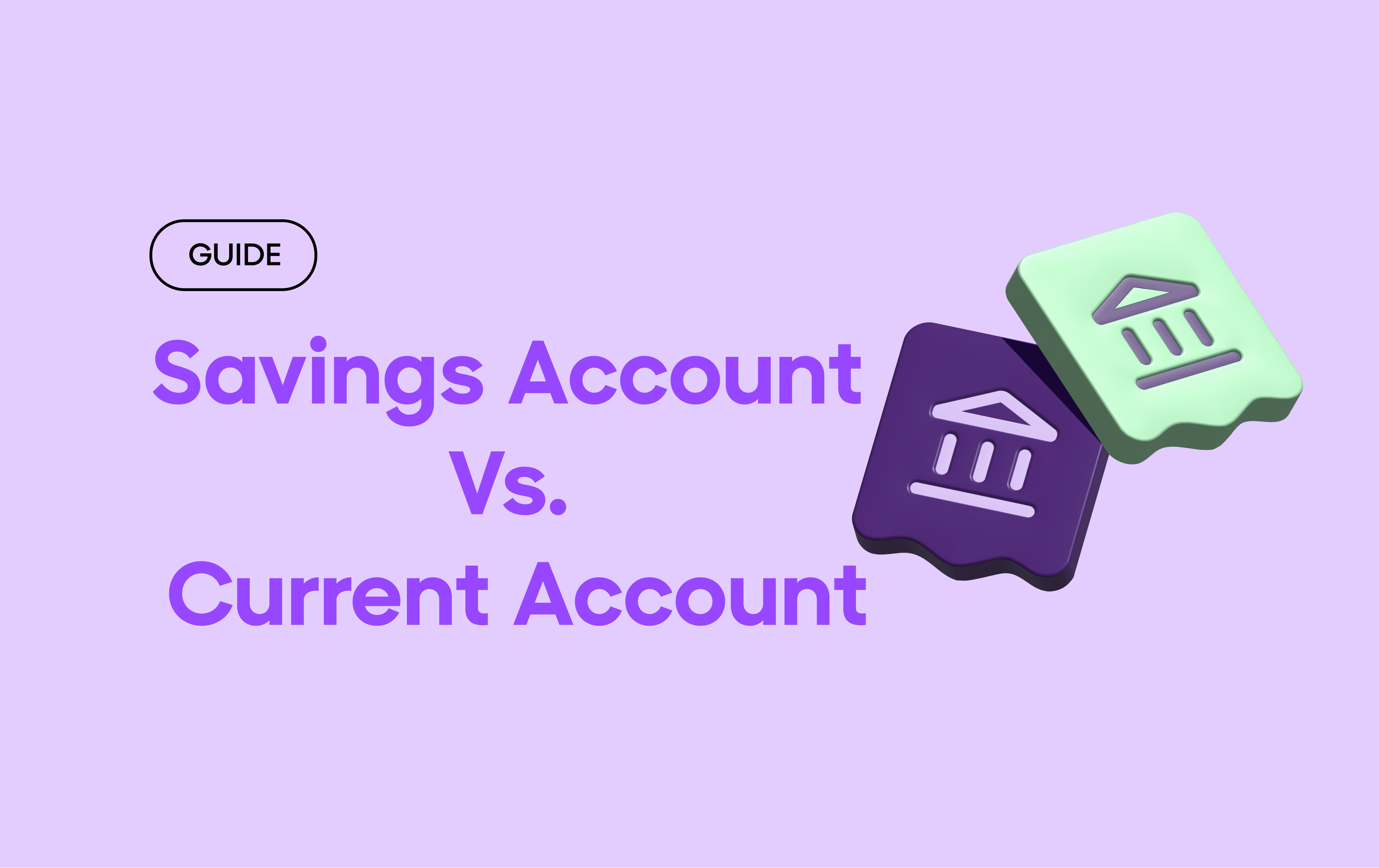Running a successful business is all about relationships–not just with customers but also with the people and companies who help you deliver your products and services. That’s where vendor management comes in, and doing it right can make or break your business operations.
What is Vendor Management?
Simply put, vendor management is how you handle relationships with your suppliers and service providers. It covers everything from choosing the right vendors to maintaining healthy business relationships. Think of it as taking care of your business’s supply chain friendships.
When you manage vendors well, you’re not just buying products or services–you’re building partnerships that help your business grow. This means keeping track of performance, handling contracts, and making sure everyone delivers what they promised.
Benefits of Effective Vendor Management
Getting vendor management right brings real advantages to your business:
- Better value for money:
Smart vendor management helps you get the best deals without compromising on quality. It’s not about squeezing vendors for the lowest price but about creating win-win situations where everyone benefits.
- Reliable supply chain:
When you maintain good relationships with vendors, they’re more likely to prioritize your needs. This means fewer delays and more consistent quality in your supplies.
- Risk reduction:
Working closely with vendors helps you spot potential problems before they become crises. You’ll know when a supplier might have delivery issues or when prices might change well in advance.
- Quality improvements:
Regular communication with vendors often leads to better products and services. They understand your needs better and might even suggest improvements you hadn’t considered.
The Process of Vendor Management
Let’s break down the essential steps in managing your vendors:
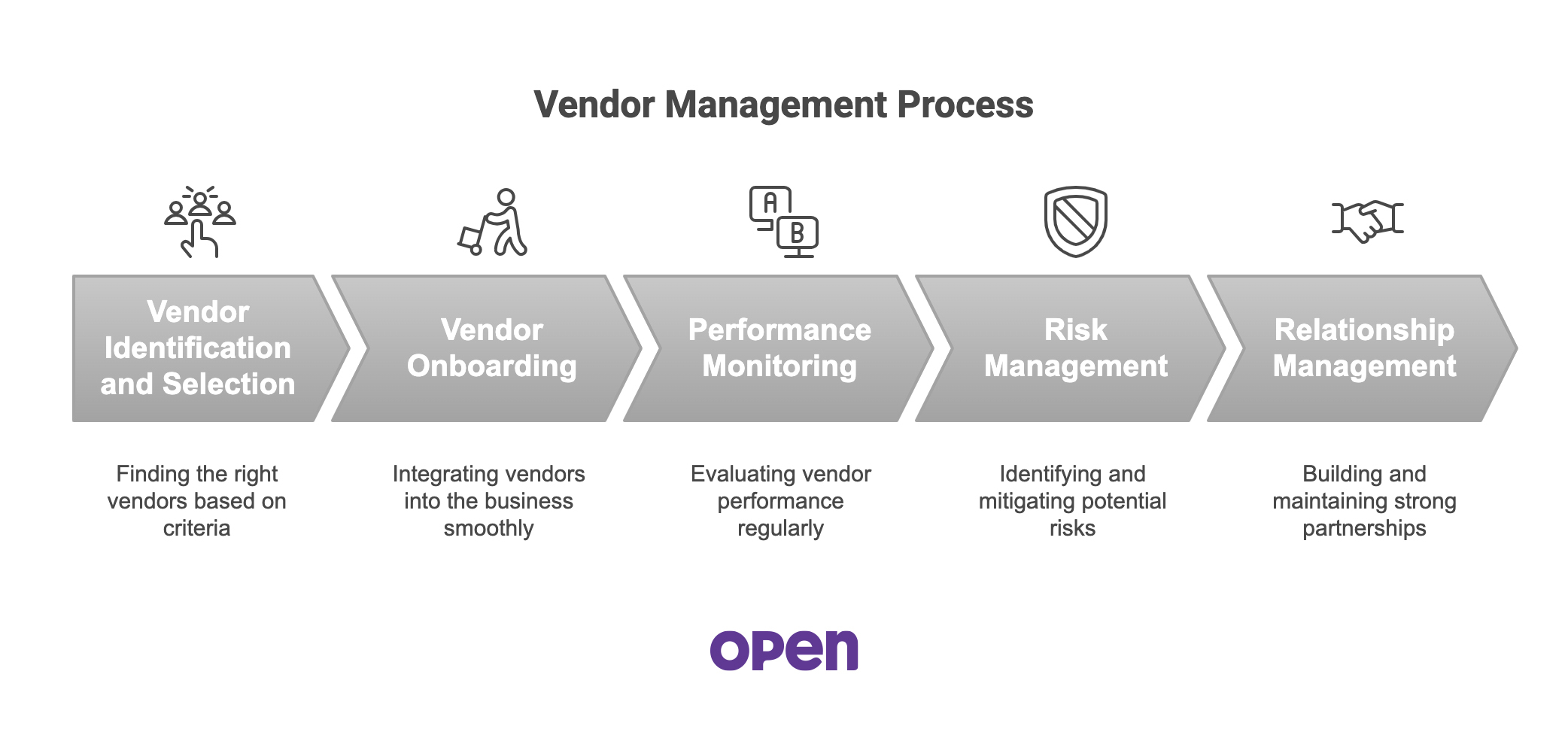
1. Vendor identification and selection
Finding the right vendors is your first crucial step. You need to look at their:
- Market reputation and track record
- Financial stability
- Quality standards
- Service capabilities
- Pricing structure
- Delivery network
2. Vendor onboarding
Once you’ve chosen your vendors, bring them into your business smoothly by:
- Setting up their information in your system
- Sharing your business processes
- Creating clear communication channels
- Establishing reporting structures
- Setting up payment systems
3. Performance monitoring
Keep track of how your vendors are doing by keeping a track of:
- Quality consistency
- Delivery timelines
- Price adherence
- Adherence to agreed upon service levels
- Response times to issues
4. Risk management
Protect your business by:
- Identifying potential supply chain risks
- Creating backup plans
- Monitoring vendor financial health
- Ensuring compliance with regulations
- Reviewing security measures
5. Relationship management
Build strong, lasting partnerships through:
- Regular check-ins
- Open communication
- Constructive feedback
- Joint planning sessions
- Problem-solving meetings
Common Vendor Challenges and How to Handle Them
Every business faces vendor challenges. Here’s how to tackle the most common ones:
1. Quality issues:
- Document problems thoroughly with photos and clear descriptions
- Communicate concerns immediately
- Work together on solutions
- Set clear improvement timelines
2. Price surges:
- Request for clear communication and advance notice for any anticipated pricing surges
- Understand the reasons
- Negotiate win-win solutions
- Consider volume discounts
3. Communication gaps:
- Set regular meeting schedules
- Use clear communication channels
- Keep records of all important discussions
- Define emergency contact procedures
Remember, good vendor management isn’t about control–it’s about collaboration. When you treat vendors as partners rather than just suppliers, everyone benefits.
FAQs
1. What is a Vendor Management System or VMS?
A Vendor Management System (VMS) is like a digital control center that helps companies organize and handle all their relationships with suppliers and contractors in one place. Think of it as a smart tool that keeps track of who you’re buying from, what you’re paying, and how well your vendors are performing.
2. What are the benefits of a Vendor Management System?
A Vendor Management System helps businesses work more efficiently by reducing manual paperwork and preventing mistakes. It gives clear visibility into spending, helps find cost-saving opportunities, and makes it easier to compare vendor performance. Companies can better track compliance requirements and build stronger supplier relationships through organized communication and data tracking.
3. What are the key steps in vendor management?
The main steps in vendor management include:
- Finding and evaluating potential vendors
- Selecting and bringing new vendors onboard
- Setting up and managing contracts
- Tracking vendor performance
- Managing risks and ensuring compliance
- Maintaining regular communication
- Reviewing and improving existing vendor relationships
4. How long does it take to implement a Vendor Management System?
The implementation time for a Vendor Management System depends on your organization’s size and needs. This involves several phases, including system setup, data migration from existing systems, staff training, and initial vendor onboarding. The process requires careful planning and coordination between your IT team, procurement department, and the system provider to ensure a smooth transition.


